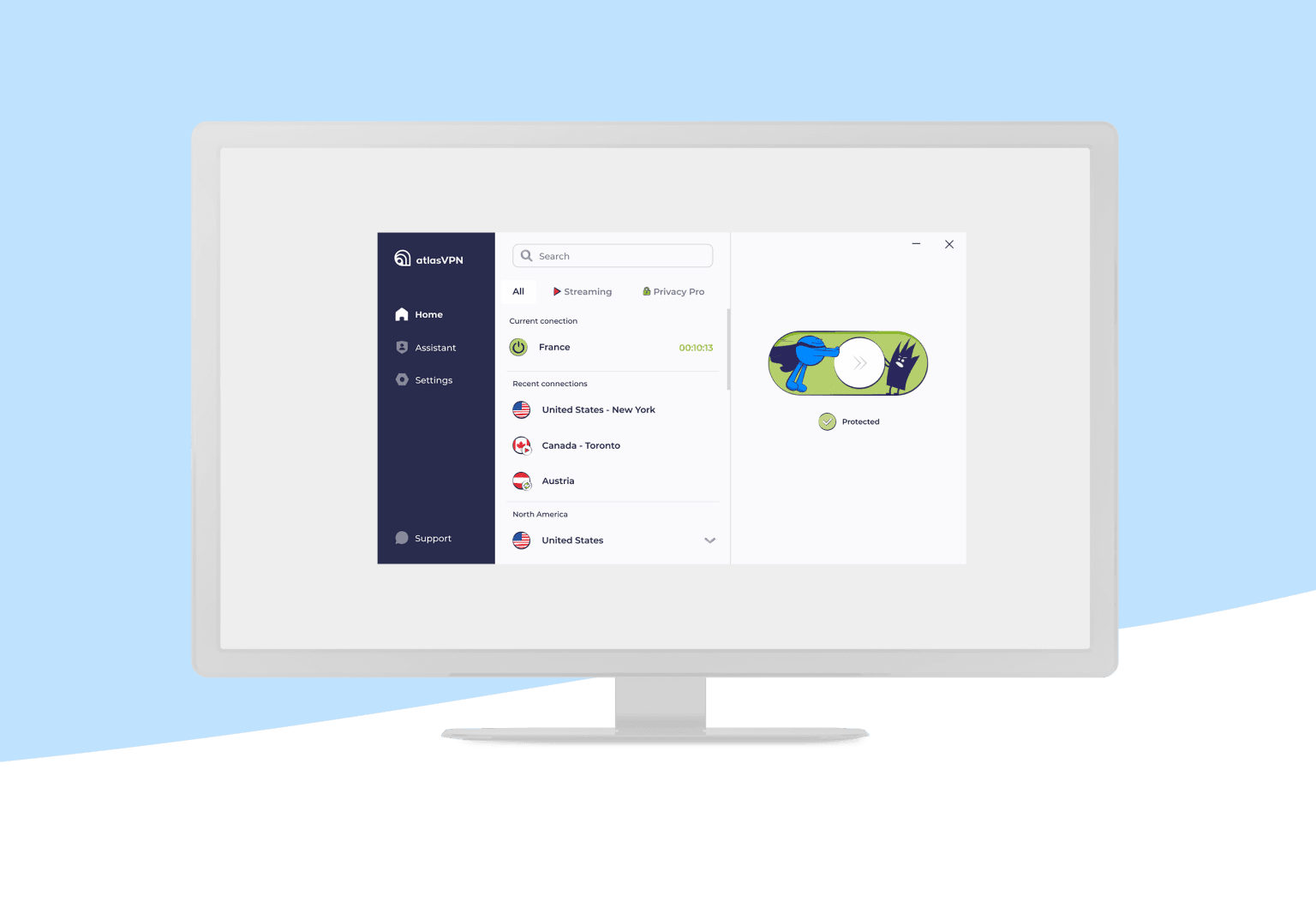Best Practices for Smooth Odoo Implementation and Integration
A smooth Odoo implementation and integration depend on clear planning, effective stakeholder involvement, careful module selection, thorough data migration, and robust training.

Implementing Odoo, one of the most flexible and popular ERP systems, can significantly improve the way your business manages its processes. From accounting and inventory to sales and human resources, Odoo offers a wide range of features that cater to diverse business needs. However, a successful implementation and seamless integration require a well-thought-out approach. In this article, we discuss the best practices for ensuring a smooth Odoo implementation and integration into your organization.
1. Start with Clear Business Objectives
The foundation of any successful Odoo implementation begins with clearly defined business objectives. Before you dive into the technical aspects, take time to evaluate your business needs and goals. This helps ensure that the implementation will address the most pressing challenges within your organization.
Start by involving key stakeholders across departments, such as finance, operations, sales, and HR, to understand their unique requirements. Mapping out these goals will not only ensure that you select the right modules but also that Odoo’s functionalities align with your business strategy. Whether you are seeking to automate processes, improve reporting, or enhance collaboration, having a well-defined set of objectives will guide the entire project.
2. Involve Key Stakeholders Early On
Odoo is a powerful tool, but its success depends on the involvement of key stakeholders from the beginning. Ensuring that leaders and team members from different departments are on board with the project will increase the chances of a smooth implementation.
Throughout the process, gather feedback and ensure that all departments are aligned with the project’s objectives. Involving stakeholders helps identify potential challenges early on and reduces resistance to change when the system goes live. The more engaged your team is during the planning and implementation phases, the better they will adapt to Odoo once it’s in full operation.
3. Choose the Right Odoo Modules
One of the biggest advantages of Odoo is its modular approach, allowing businesses to choose only the features they need. Instead of opting for a one-size-fits-all solution, it’s important to choose the right set of modules based on your business’s requirements.
Common Odoo modules include:
-
Sales and CRM: Manage customer relationships, track sales orders, and forecast sales growth.
-
Inventory and Warehouse Management: Track inventory, manage stock levels, and streamline order fulfillment.
-
Accounting: Automate bookkeeping, invoicing, and reporting for better financial management.
-
Human Resources: Manage employee data, payroll, recruitment, and performance tracking.
By selecting only the modules necessary for your organization, you can avoid unnecessary complexity and reduce implementation costs.
4. Plan for Data Migration
Data migration is one of the most critical steps in the Odoo implementation process. Ensuring that your business data—such as customer records, inventory levels, and financial transactions—is accurately transferred from legacy systems to Odoo is key to the success of the project.
Before beginning the migration, conduct a thorough audit of your existing data to identify inconsistencies, redundancies, or outdated information. Clean data ensures a smoother transition and prevents future issues. During migration, it's important to test the system thoroughly to verify that all data has been transferred correctly.
Additionally, integrating third-party applications, such as e-commerce platforms or external accounting software, should also be planned early on to avoid disruptions down the line.
5. Invest in Odoo Training Services
Proper training is essential to ensure that employees can effectively use the new system. Investing in Odoo training services in USA can help your team quickly get up to speed and become proficient in navigating the system. Whether it's training on specific modules, reporting tools, or workflow management, ensuring that users are adequately trained will help minimize errors and boost productivity.
Customized training programs tailored to your business processes and the roles of each employee can make a big difference. When users understand the full capabilities of Odoo and how it can benefit their daily operations, they are more likely to adopt the system enthusiastically.
6. Testing and Quality Assurance
Before going live, extensive testing and quality assurance (QA) are essential. Testing ensures that every aspect of Odoo is functioning as expected and that any bugs or issues are identified before the system is fully operational. There are several types of testing that should be conducted:
-
Functional Testing: Ensure that all features and modules are working as they should.
-
Performance Testing: Evaluate the system’s speed and efficiency, especially under heavy use.
-
User Acceptance Testing (UAT): Allow end-users to test the system in real-world scenarios to identify usability issues.
A rigorous testing phase helps avoid unforeseen issues post-launch and ensures that the system meets the requirements outlined in the planning phase.
7. Monitor and Optimize Post-Implementation
After Odoo goes live, the work doesn’t stop. Continuous monitoring and optimization are essential for maintaining a smooth operation. Gather feedback from users regularly to identify areas for improvement or additional training needs. As your business evolves, Odoo should be adjusted to accommodate changes in processes, new modules, or updated business needs.
Additionally, Odoo offers various performance analytics tools that allow you to track how well the system is performing in real-time. Use these insights to refine processes, optimize workflows, and continuously enhance the system’s capabilities.
8. Ensure Ongoing Support
Ongoing support is a key component of a successful Odoo implementation. Even after the system is live and your team is trained, having a support structure in place will help resolve any issues that arise. Whether it’s technical troubleshooting, user questions, or system updates, make sure you have access to expert support.
Choosing the right Odoo support partner can ensure that you get the assistance you need whenever problems or challenges come up. This continuous support allows your business to get the most value from the Odoo system.
Conclusion
A smooth Odoo implementation and integration depend on clear planning, effective stakeholder involvement, careful module selection, thorough data migration, and robust training. By following these best practices, businesses can avoid common pitfalls and ensure a seamless transition to Odoo. With the right preparation and ongoing support, Odoo can transform your business processes, improve efficiency, and drive growth.
What's Your Reaction?




















